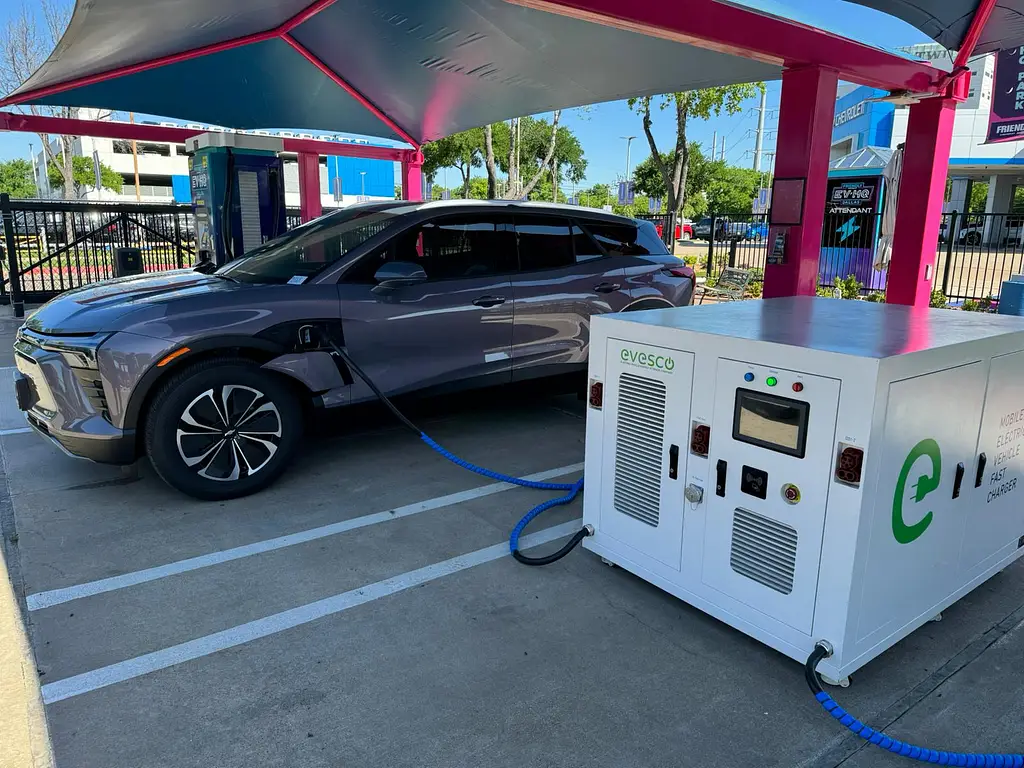With the growing number of professionals working remotely, freelancing, or managing gig-based side hustles, tracking vehicle mileage for tax deductions and business reimbursement has become more critical than ever. As we step into 2025, selecting the right mileage tracker app is no longer just about logging miles—it’s about optimizing productivity, ensuring IRS compliance, and automating the process. But with so many options on the market, what should you be looking for in a modern mileage tracker?
1. Automatic Trip Detection
A top-tier mileage tracker in 2025 must feature automatic trip detection using GPS. This removes the hassle of starting and stopping a manual log. The app should recognize when your vehicle is in motion, classify the trip, and record the details accurately. This ensures that no trip—business or personal—is missed, which is especially important for those seeking maximum mileage reimbursement.
2. Accurate GPS and Route Mapping
Accuracy is everything when it comes to IRS mileage logs. Look for an app that offers precise GPS tracking and real-time route mapping. This means the app not only tracks distance but also records your route, giving you a visual trip history. This feature helps you cross-verify trips and adds a layer of credibility to your mileage log.
3. Automatic Classification of Trips
Modern mileage tracker apps go beyond simply logging miles—they now use AI or rule-based logic to classify trips as business, personal, medical, or charitable. In 2025, this feature is vital, saving users hours of manual sorting and helping them stay IRS-compliant with minimal effort. Bonus if the app learns your routine and becomes smarter over time.
4. IRS-Compliant Reporting
For business owners, self-employed individuals, or anyone filing mileage for deductions, having a mileage log that aligns with IRS guidelines is crucial. Look for an app that can generate easy-to-read, IRS-compliant reports in PDF or CSV formats. The report should include date, time, purpose, start and end locations, and total mileage.
5. Cloud Sync and Multi-Device Access
We’re in an age where work happens across multiple devices. A modern mileage tracker should sync data across smartphones, tablets, and desktops. Cloud storage ensures your logs are never lost—even if you change or lose your device. It also enables team members or accountants to access your data when needed.
6. Fuel and Expense Tracking Integration
Many users now prefer all-in-one solutions. Apps that allow you to track fuel expenses, tolls, and maintenance costs in addition to mileage provide a more comprehensive view of your vehicle’s business use. These additional metrics can be crucial when evaluating vehicle costs and reimbursements.
7. User-Friendly Interface
Finally, the user experience can make or break your mileage tracking habit. An intuitive design, quick access to features, and minimal learning curve are important traits to consider. After all, a mileage app is only effective if you actually enjoy using it.
Conclusion
In conclusion, the right mileage tracker should do more than just log your miles—it should simplify your life, reduce manual work, and help you stay organized for tax season. With these key features in mind, you’ll be well-equipped to choose a powerful mileage tracking tool in 2025.




